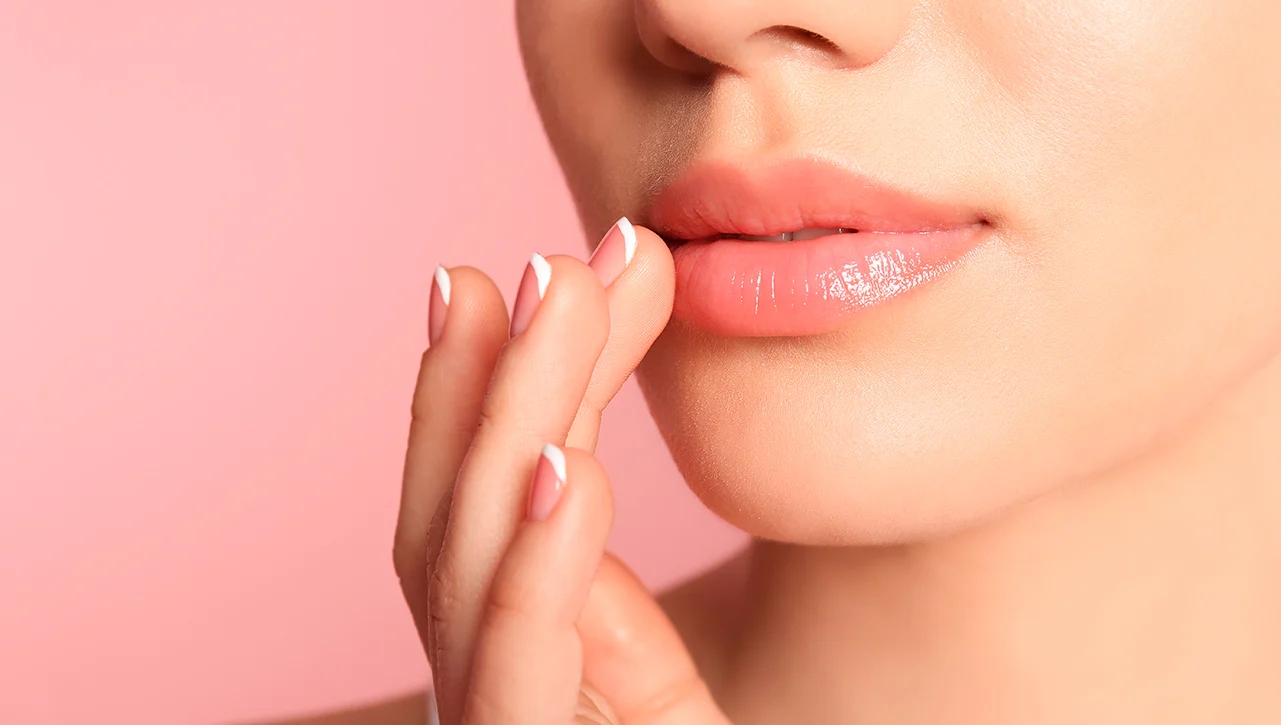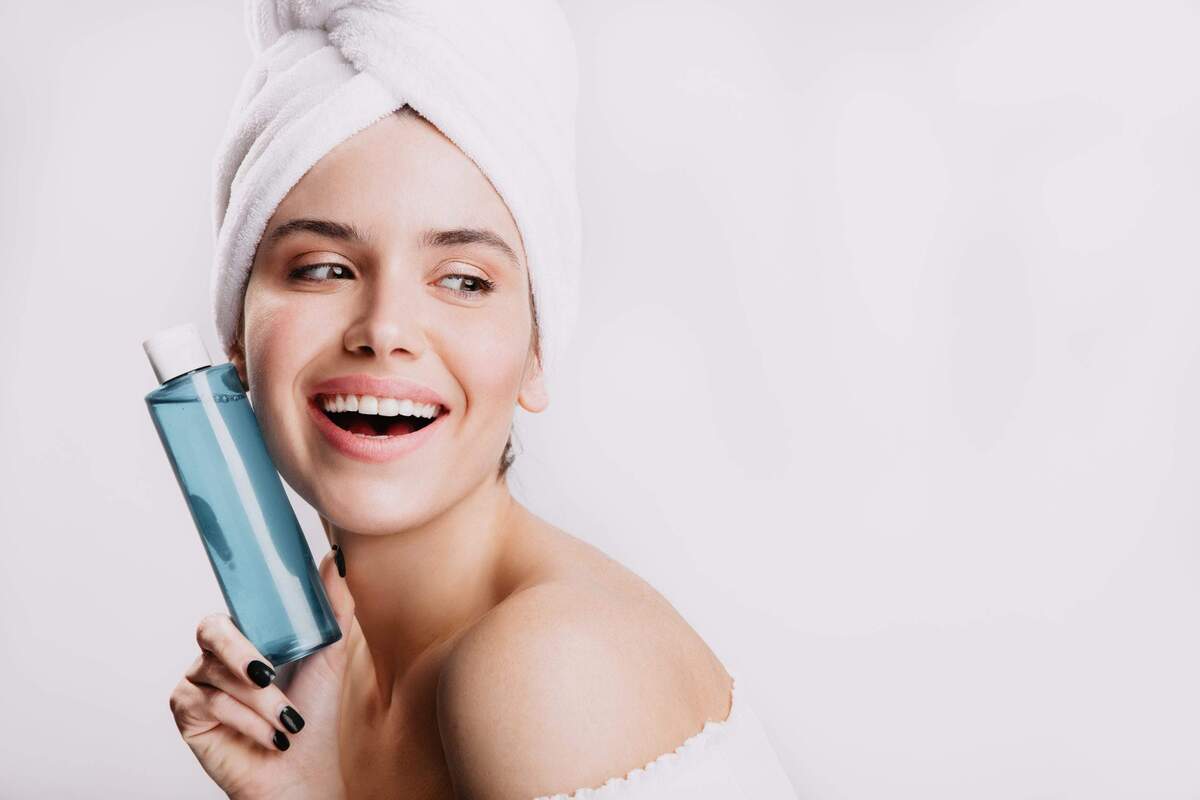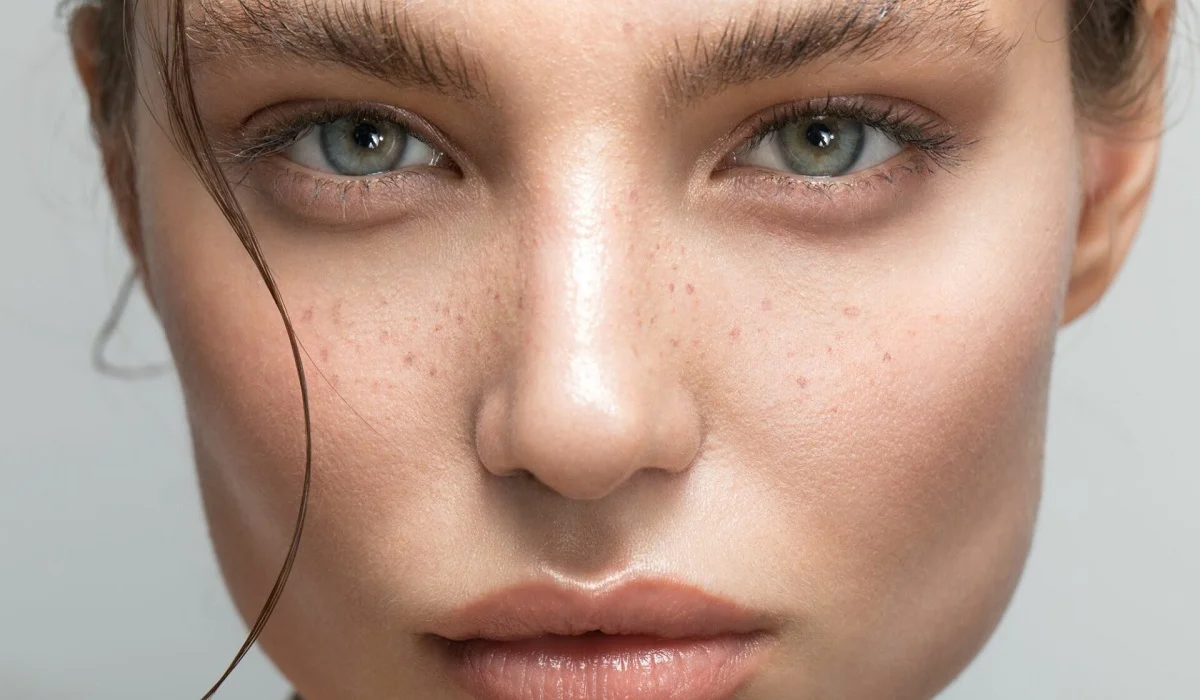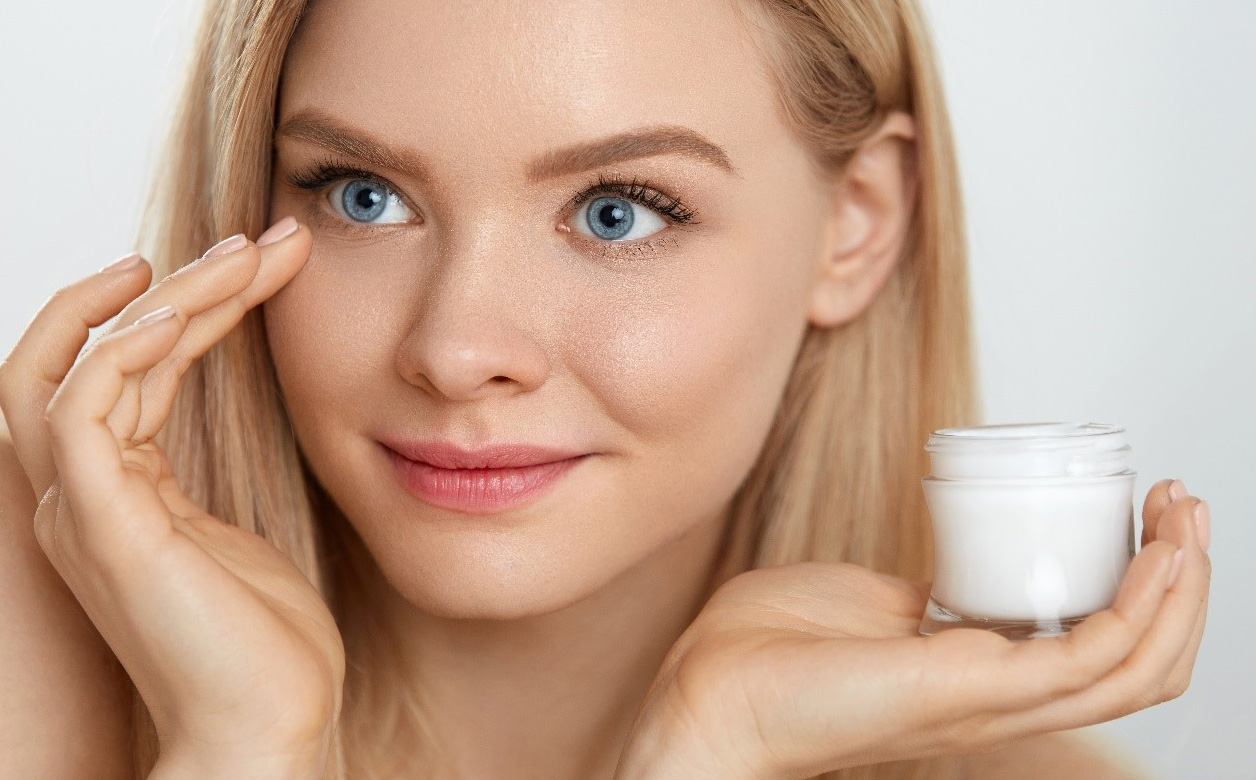Gone are the days when perms were synonymous with tight, frizzy curls of the 80s. Today’s perms have evolved, offering a wide range of styles from loose waves to defined curls, tailored to suit every hair type and preference. This transformation has debunked many misconceptions about perms being damaging or limiting in style. The modern perm is here to offer versatility, minimal upkeep, and long-lasting texture.
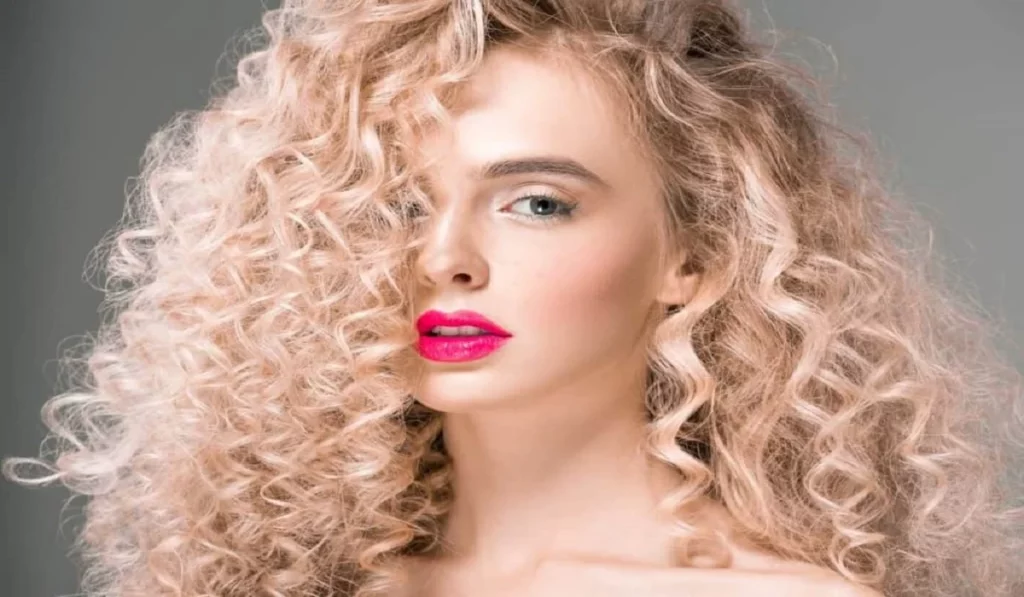
Understanding the Perm Process
The perm process involves using chemicals to break down and then reform the hair’s disulfide bonds, which determine its shape. The solution’s composition and the neutralizer play pivotal roles in this transformation, ensuring the desired curl is achieved without compromising hair health.
Types of Perms
Today’s market offers a variety of perms:
Cold perms give traditional tight curls, while hot perms create softer, more natural waves.
Digital and ceramic perms use advanced technology to offer more defined curls with less damage.
Root and partial perms add volume and texture to specific areas, catering to individual style needs.
Choosing the Right Perm for Your Hair Type
Selecting the correct perm type is crucial for achieving the desired outcome without damaging the hair. Factors like hair texture, health, and personal maintenance capabilities should guide your choice, in consultation with a professional stylist.
Pre-Perm Preparation
Proper preparation involves assessing hair health and preparing it for the chemical process. Understanding the commitment perms require in terms of lifestyle and maintenance is also crucial at this stage.
The Perm Procedure Explained
The perm process varies slightly between types but generally follows a similar pattern. Understanding the steps involved can help set realistic expectations for the duration and results of the salon visit.
Post-Perm Hair Care
Maintaining a perm involves adopting a hair care routine that includes hydrating and curl-defining products. Proper care can significantly extend the lifespan of your perm.
Common Perm Myths Debunked
Modern perms are designed to minimize damage and offer a range of styling options. Addressing common myths can help alleviate concerns related to hair health and versatility.
Perm Maintenance and Troubleshooting
Even with the best care, perms can encounter issues like frizz or loss of definition. Knowing how to manage these problems or when to seek professional advice is key to maintaining your perm.
Modern Perm Inspirations
Looking to celebrities and trendsetters can provide inspiration for your perm. Adapting these styles to fit your personal look can make your perm truly unique.
DIY Perms vs. Professional Perms
While at-home perm kits are available, professional perms are recommended for their expertise and access to higher-quality products. The risks associated with DIY perms often outweigh the benefits.
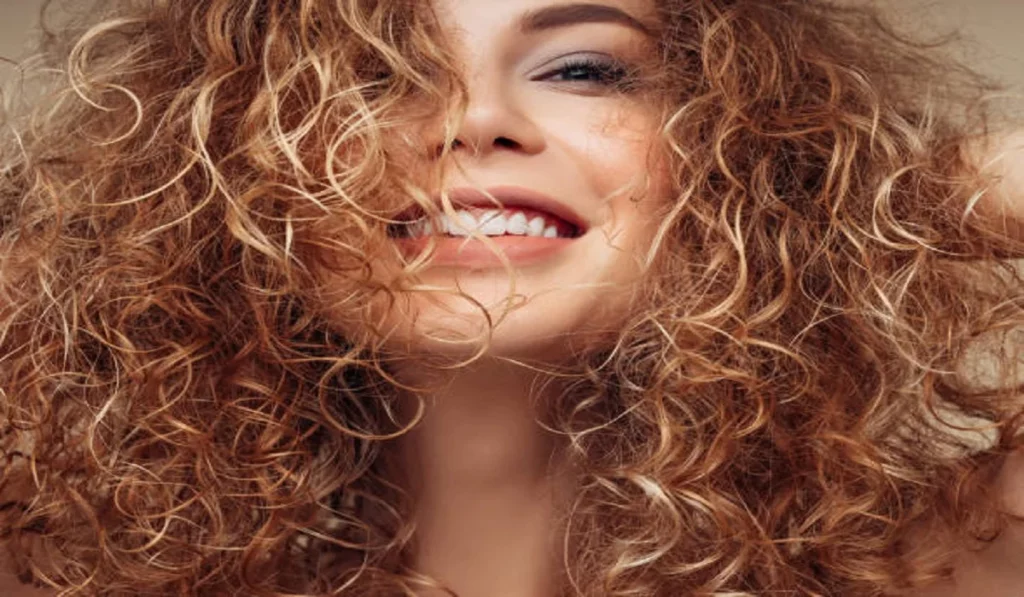
The Future of Perms
Innovations in perm technology continue to emerge, promising more sustainable and hair-friendly options. The future of perms looks bright, with a focus on health and environmental awareness.
Embracing the modern perm means enjoying a versatile, low-maintenance hairstyle that can enhance your natural beauty. With the right preparation, care, and mindset, anyone can rock a perm tailored to their unique style.
- Can perms damage my hair? Modern perms have come a long way in terms of chemical advancements and techniques, significantly reducing potential damage. When performed by a professional using quality products, perms can be safe for most hair types. However, the key to minimizing damage is proper hair assessment before the perm and following a tailored post-perm care routine.
- How long does a perm last? The longevity of a perm can vary based on the hair type, the curl tightness, and how well you maintain it. On average, a perm can last anywhere from 3 to 6 months. As your hair grows, the roots will begin to show their natural texture, which may require a touch-up.
- Can I perm colored or bleached hair? Perming colored or bleached hair requires caution, as these processes can weaken your hair. It’s essential to wait several weeks between chemical treatments and consult with a stylist to assess your hair’s condition. In some cases, a gentle perm solution may be used on previously treated hair, but it’s crucial to prioritize hair health to avoid damage.
- What should I do before getting a perm? Preparing your hair for a perm involves ensuring it’s in good condition. Avoid heavy styling or heat treatments prior to your appointment and consider a moisturizing treatment to strengthen your hair. Additionally, have a consultation with your stylist to discuss your desired outcome and any concerns you might have.
- How do I take care of my perm? Post-perm care is vital for maintaining the health and appearance of your curls. Use sulfate-free shampoos and conditioners designed for curly or chemically treated hair. Incorporate deep conditioning treatments weekly, and avoid washing your hair too frequently to preserve the curls and prevent dryness. Minimize heat styling and, if necessary, use a diffuser on a low heat setting when blow-drying.
- Can I get a perm if I have short hair? Yes, perms can be done on short hair to add volume, texture, and waves or curls. The technique and rod size will be adjusted to suit your hair length and desired style. Short hair perms can offer a refreshing and modern look, with options ranging from tight curls to loose waves.
- What is the difference between a cold perm and a hot perm? A cold perm uses traditional perm solutions at room temperature to reshape the hair, typically resulting in tighter, more defined curls. A hot perm, also known as a digital or thermal perm, involves applying a milder solution to the hair, then using heated rods to process the curls. Hot perms generally offer softer, looser curls or waves with more natural movement.
- Can perms work on very fine or very thick hair? Perms can be adapted to work on most hair types, including very fine or thick hair. Fine hair can gain volume and texture, while thick hair can achieve more defined curls or waves. The key is to select the right type of perm and rod size for your hair’s texture and density. A skilled stylist can customize the perm process to achieve the best results for your specific hair type.
- How soon can I wash my hair after getting a perm? It’s recommended to wait at least 48 hours before washing your hair after a perm. This waiting period allows the disulfide bonds in your hair to fully set into their new shape. Washing your hair too soon can disrupt the curl pattern and lessen the perm’s longevity.
- Will a perm make my hair frizzy? While perms can sometimes lead to increased frizz, especially in humid conditions, choosing the right type of perm and following a proper hair care routine can significantly reduce this risk. Using products designed for curly or treated hair can help maintain moisture and define curls, minimizing frizz. Regular trims and deep conditioning treatments also contribute to keeping frizz at bay.



